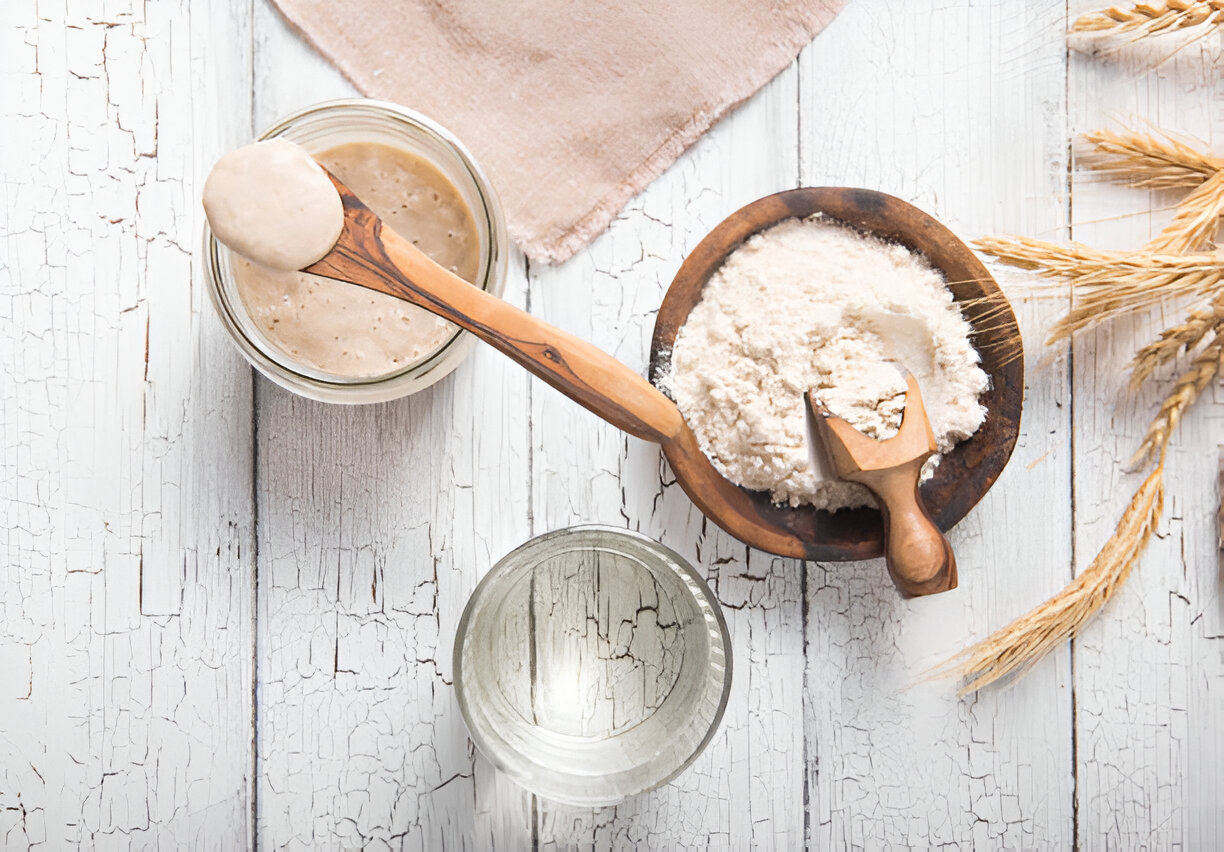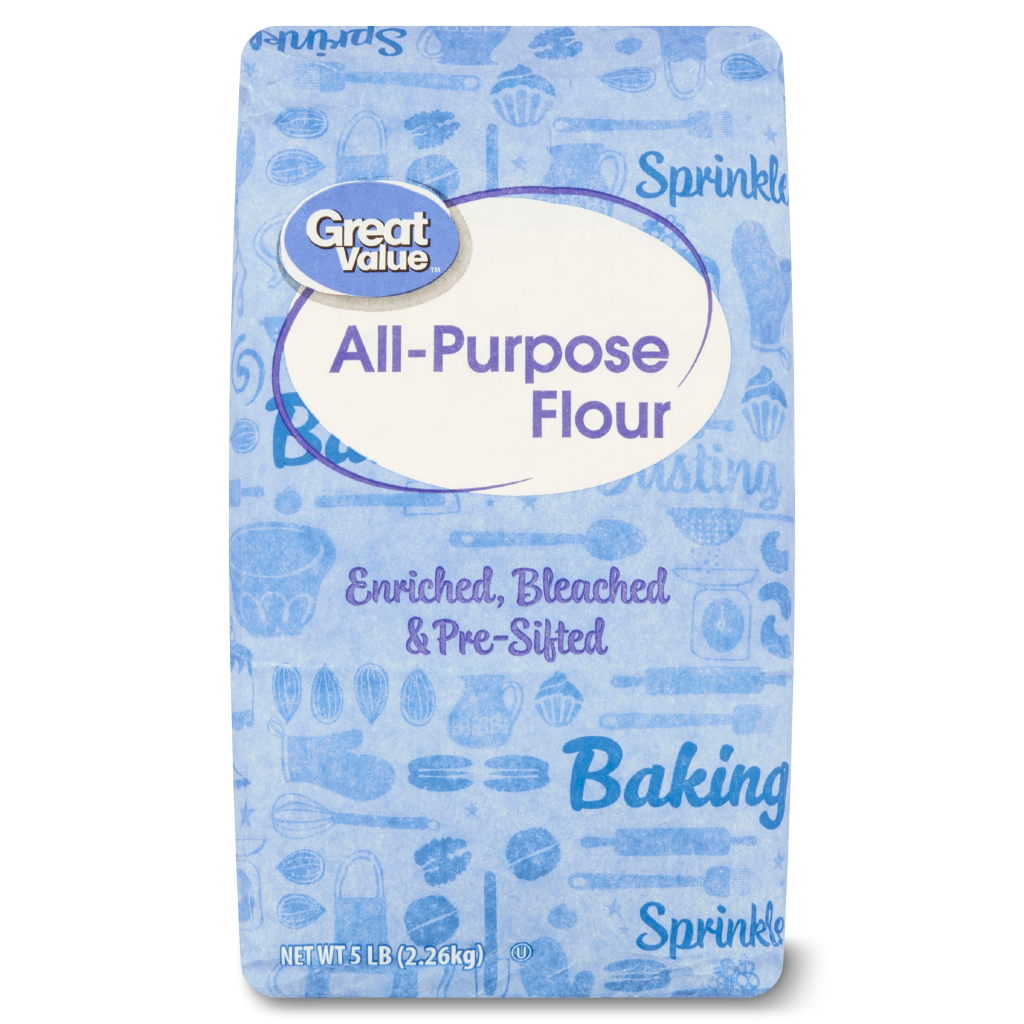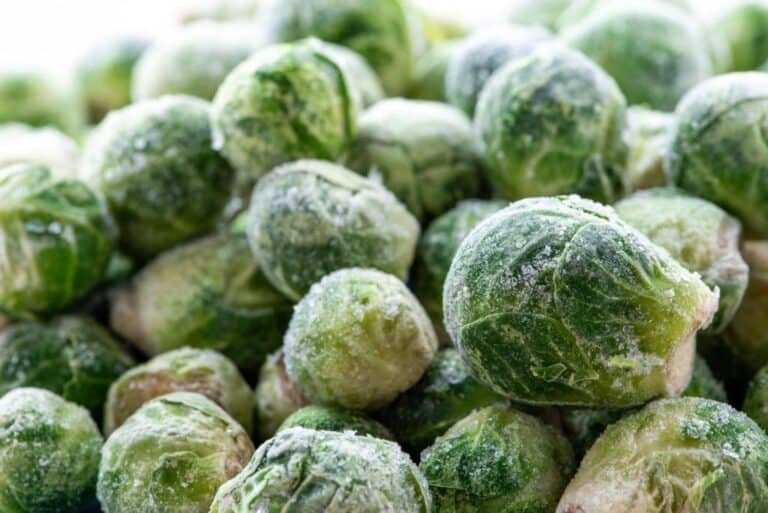Does All-Purpose Flour Have Leavening? Unpacking the Basics

When I first started baking, I assumed all flour was pretty much the same—just a powdery staple you add to recipes without much thought. But as anyone who’s ventured into the world of baking knows, flour is far from basic.
Take all-purpose flour, for example. It’s often the go-to for so many recipes, but do we actually know what’s in it? One of the big questions that pops up is whether all-purpose flour contains leavening agents. Does it already have a boost to help your baked goods rise, or do we always need to add that on our own?
In this article, let’s get down to the nitty-gritty of all-purpose flour. We’ll explore if it has leavening included and how that affects your baking. Whether you’re whipping up pancakes or baking bread, understanding these basics could be the difference between a perfect rise and a flat flop.
What Is All-Purpose Flour?

To kick things off, let’s talk about all-purpose flour. This versatile kitchen staple is a blend of hard and soft wheat, making it suitable for a wide range of baked goods, from cookies to cakes and even bread. When I started my baking journey, I loved the idea that one bag of flour could serve multiple purposes—hence the name “all-purpose.” But the burning question remains: does it contain any leavening agents?
The Basics of Leavening
Before diving into whether all-purpose flour has leavening, we need to understand what leavening actually is. In baking, leavening refers to the process that causes dough or batter to rise, creating that airy, fluffy texture we all adore.
Think of leavening as the magic fairy dust that transforms flat mixtures into towering confections.
Types of Leavening Agents
Leavening agents generally fall into three categories:
- Chemical Leaveners: These include baking soda and baking powder. They produce carbon dioxide gas when mixed with liquid or acid, causing the batter to rise.
- Biological Leaveners: Yeast falls under this category. It ferments and produces gas, which helps bread rise over time.
- Mechanical Leaveners: This involves techniques like beating air into the batter. Whipping egg whites or creaming butter and sugar introduces air that helps baked goods rise.
Now, let’s return to the question: does all-purpose flour contain any of these magical leavening agents?
The Leavening Mystery of All-Purpose Flour
The straightforward answer is no; all-purpose flour does not come with leavening agents included. It is essentially a blank canvas, ready for your culinary creativity. When you purchase all-purpose flour, you’re getting just flour—no baking powder, no baking soda, just pure milled wheat.
So, What Does This Mean for Bakers?
If all-purpose flour lacks leavening, what does that mean for your baking projects? Here’s where things get interesting. While all-purpose flour doesn’t have leavening agents, it serves as an essential base for many recipes that do.
Think of all-purpose flour as the stage, and the leavening agents are the actors that bring the performance to life. When a recipe calls for all-purpose flour and also specifies baking soda or baking powder, you’re in the right territory. This flour is adaptable and works well with leavening agents, allowing you to create all kinds of delicious treats.
Baking Without Leavening
Now, you might wonder what happens if you bake without any leavening agents. As someone who has ventured down that road, let me tell you—it can lead to some dense results! A loaf of bread without yeast?
That might just resemble a brick rather than a fluffy loaf. Cookies without baking powder? You might end up with flat discs instead of chewy delights.
Here’s a simple table to help visualize the effects of leavening:
| Type of Baked Good | Leavening Agent | Effect Without Leavening |
| Bread | Yeast | Dense, heavy loaf |
| Cakes | Baking powder/soda | Flat, dense cake |
| Cookies | Baking soda/powder | Flat, crispy cookies |
| Pancakes | Baking powder | Dense, non-fluffy pancakes |
When to Use All-Purpose Flour
Since all-purpose flour does not contain leavening, it’s essential to know when to use it and how to combine it with other ingredients. Here’s a breakdown of scenarios where all-purpose flour shines:
- Baking Cakes: For light and fluffy cakes, combine all-purpose flour with baking powder. The flour provides structure while the leavening agent lifts the cake.
- Making Bread: Pair all-purpose flour with yeast and watch it rise! It creates a tender crumb, perfect for sandwiches.
- Crafting Cookies: Depending on the recipe, you can mix all-purpose flour with baking soda or powder for cookies that have just the right amount of chewiness.
- Creating Sauces: All-purpose flour also works beautifully as a thickener in gravies and sauces. Just remember to whisk it in to avoid lumps!
Tips for Successful Baking with All-Purpose Flour
Baking with all-purpose flour can be a breeze if you follow a few key tips:
- Measure Correctly: Use a kitchen scale for precision. If you’re scooping with a measuring cup, you may inadvertently pack the flour down, leading to too much flour in your recipe.
- Mix Thoroughly: When combining flour with other ingredients, mix well to ensure an even distribution of leavening agents.
- Consider Substitutions: If you want to experiment, you can substitute all-purpose flour with whole wheat flour or cake flour in some recipes, but remember that the leavening process might change.
- Pay Attention to Liquid: If you’re adding additional liquids to your batter (like yogurt or milk), you may need to adjust the amount of flour accordingly.
Baking Experiment: All-Purpose Flour vs. Other Flours
I love to experiment in the kitchen, and comparing all-purpose flour to other types of flour has opened my eyes to the diverse world of baking. Here’s a quick comparison of how different flours work:
| Flour Type | Protein Content | Ideal Use | Leavening Needs |
| All-Purpose Flour | 10-12% | Versatile use, cakes, cookies, bread | Requires leavening agents |
| Cake Flour | 7-9% | Delicate cakes, pastries | Requires leavening agents |
| Bread Flour | 12-14% | Artisan bread, bagels | Requires leavening agents |
| Whole Wheat Flour | 13-15% | Hearty bread, muffins | Requires leavening agents |
Conclusion: Flour Power in Your Baking
So, does all-purpose flour have leavening? The answer is a clear no. But that doesn’t mean it’s lacking in power. All-purpose flour serves as the backbone of countless recipes, providing structure and texture while leavening agents do the heavy lifting.
As I continue my baking journey, I cherish my all-purpose flour as a versatile ally in the kitchen. Whether I’m whipping up a batch of cookies or crafting a fluffy cake, I always keep my trusty leavening agents close at hand. So the next time you reach for that bag of flour, remember: it’s just the beginning of a delicious adventure. Happy baking!






